When I apply a :before or :after pseudo element, this one gets hidden if the parent element uses a background.
You can notice that on this picture, where the red elements gets hidden behind the yellow background. Unlike its parent, the blue element.
.parent {
background: yellow;
}
#element {
position: relative;
width: 100px;
height: 100px;
background-color: blue;
border: 4px solid black;
}
#element::after {
content: "";
width: 150px;
height: 150px;
background-color: red;
position: absolute;
z-index: -1;
border: 4px solid black;
}<div class="parent">
<div id="element"></div>
</div>Reproduction online: https://jsfiddle.net/subkrovy/
Any way to go around this?
